By Dave Hallock
Several days ago I had occasion to talk with a professional actuary regarding the Barnaby Project and, specifically, about the desire of project sponsors to divert a portion of the Skagit River into the Barnaby Slough by constructing a long, wide and deep channel. Actuaries are experts in assessing risk and the probability of loss.
The proposed river diversion channel presents the Skagit with the opportunity to send a great deal of water across the essentially level valley floor toward a neighborhood of homes and farms. Many possible circumstances and events of varying likelihood could occur which would cause harm to us. Analysis and modeling by the Skagit River System Cooperative and its partners predicts no increase in flooding based on the assumptions of the project advocates. I am skeptical about the validity of such project-driven analysis and I have concern about the thoroughness and sufficiency of such work I am also strongly opposed to this design idea because it increases our “exposure to risk.”
I asked the actuary to respond to my concern about “exposure to risk.” He immediately acknowledged the validity of my concern about “exposure to risk.” In terms of probability of loss and damage due to the construction of such a channel, he told me that the channel itself increases the probability that bad or even catastrophic events will cause loss or damage and that the channel increases the severity of such events should they occur. In terms of a bell-shaped probability distribution curve, the channel serves to “lengthen and thicken the tail,” he said.
What the professional actuary had to say resonated with me as absolutely true. When you introduce a new condition such as the channel, you present Mother Nature with the opportunity for more events to cause harm and you increase the likelihood that the harm will be more severe. The channel increases the probability of extreme events and their consequences.
In 2002 former Secretary of Defense Donald Rumsfeld made a now famous statement: “There are known knowns; that is to say things we know we know. There are known unknowns; that is to say, there are things that we know we don’t know. But there are also unknown unknowns—there are things we do not know we don’t know.” Rumsfeld was talking about lack of evidence for weapons of mass destruction. But it was also a perfect comment about “tail risk.”
Tail risk is a term used to describe the extreme ends of distributions, or the low probability, but possible, scenarios. These are the “unknown unknowns.” In its research relating to space exploration, NASA distinguishes these three types of risk: 1) known known, 2) known unknown, and 3) unknown unknown. Insurances companies do the same thing.
Nassim Taleb’s book, THE BLACK SWAN, theorizes that “unknown unknowns” are responsible for the greatest societal changes. He states, “The worst case is far more consequential than the forecast itself.” Discussion and consideration of “tail risk” is imperative, especially when models are being employed to forecast events. The Barnaby Project is model driven.
Regulators tend to rely on models to assess risk. But models cannot sufficiently address “unknown unknowns.” Modeling leads to an under appreciation of tail risk and so-called “Black Swan” events. Here in Rockport just downstream from the proposed Barnaby Project, we have no interest in accommodating the possibility of Black Swan events that could destroy our homes and livelihoods. Project features creating exposure to “unknown unknowns” are unacceptable and will not be tolerated.
These comments aim to highlight another critical dimension of consideration for the Barnaby Project. We expect all parties involved in proposing, reviewing, authorizing, licensing and otherwise passing judgment on the project to avoid exposing our neighborhood community to harm, no matter how low the probability.
We support salmon habitat. Get it done with no harm whatsoever to our community and certainly without introducing unknown unknowns.
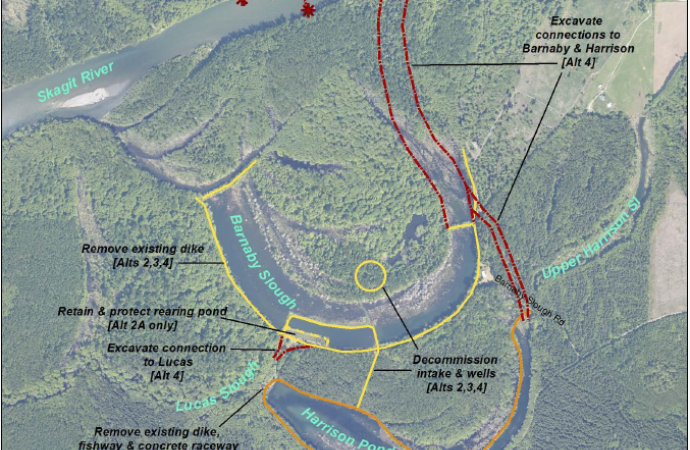
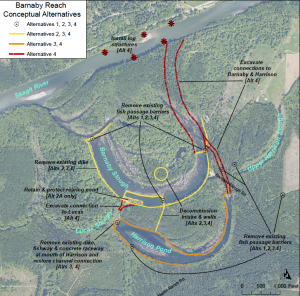
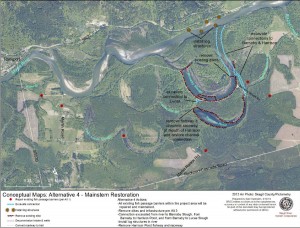
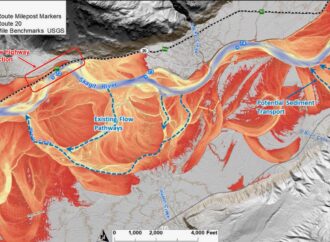



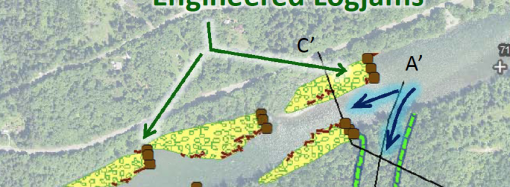
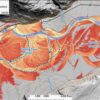

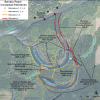
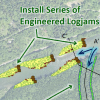
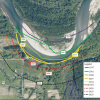
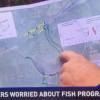
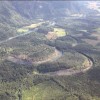
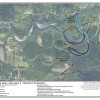
Leave a Comment
Your email address will not be published. Required fields are marked with *